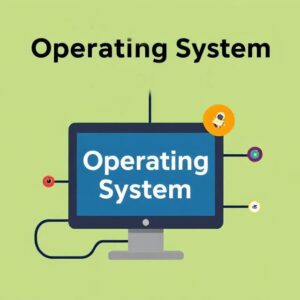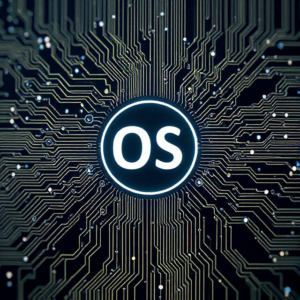Memory Management
Memory management is one of the key functions of the operating system. It involves allocating and managing the computer’s RAM and other memory resources so that processes can run efficiently without interfering with each other.

Key Tasks in Memory Management:
Memory Allocation: The OS allocates memory to processes when they are started. Each process is given a portion of RAM in which to run.
Contiguous Memory Allocation: Memory is allocated in a single, continuous block to a process. This can lead to fragmentation over time.
Non-Contiguous Memory Allocation: Uses paging or segmentation to divide memory into smaller, more manageable pieces, which can be allocated to processes in different locations.
Memory Protection: The OS ensures that one process cannot accidentally or maliciously access the memory of another process. This is crucial for preventing bugs or security breaches.
Swapping: If there isn’t enough RAM for all running processes, the OS swaps some processes in and out of memory by moving them to disk storage temporarily.
Virtual Memory
Virtual Memory is a memory management technique that makes a computer appear to have more RAM than it actually does. It allows programs to use more memory than physically available by using a portion of the hard disk (or SSD) as virtual memory.
How Virtual Memory Works:
Paging: Virtual memory is divided into small, fixed-size blocks called pages. Physical memory is divided into blocks of the same size, called frames. When a process needs a page that is not in RAM, the OS swaps pages between RAM and disk storage using the page table, ensuring that the program can continue to run without running out of space.
Page Faults: A page fault occurs when a program accesses a page that is not currently in physical memory. The OS handles this by loading the required page from the disk into RAM.
Benefits of Virtual Memory:
Efficiency: Programs can run even if they require more memory than physically available.
Isolation: Each process operates in its own virtual address space, which prevents processes from interfering with each other.
Simplifies Programming: Developers don’t need to worry about the exact amount of physical memory available.











